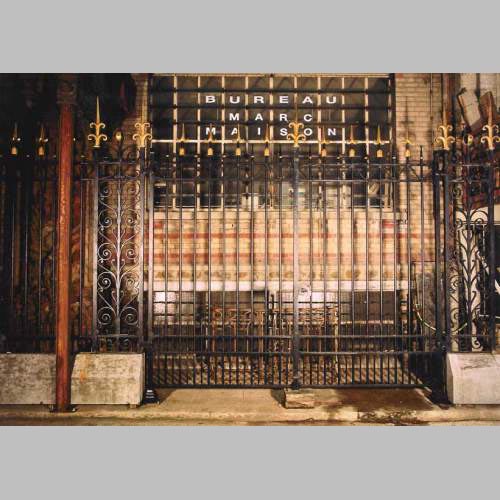Your selection is currently empty.
Here are the latest objects in our stock:
Dimensions:
Width: 230
Height: 320
Dimensions:
Width: 199
Height: 319
Depth: 9
Dimensions:
Width: 45
Height: 45
Depth: 2
Dimensions:
Width: 156
Height: 117
Depth: 44
Inner width: 106
Inner height: 95
Dimensions:
Width: 133
Height: 104
Depth: 31
Inner width: 96
Inner height: 87
Dimensions:
Width: 135
Height: 261
Depth: 6
Dimensions:
Width: 132
Height: 270
Depth: 9
Dimensions:
Width: 158
Height: 315
Depth: 6












